Filter by

Animals in Our Midst: The Challenges of Co-existing with Animals in the Anthr…
This Open Access book brings together authoritative voices in animal and environmental ethics, who address the many different facets of changing human-animal relationships in the Anthropocene. As we are living in complex times, the issue of how to establish meaningful relationships with other animals under Anthropocene conditions needs to be approached from a multitude of angles. This book offe…
- Edition
- Ed. 1
- ISBN/ISSN
- 9783030635237, 9783030635237
- Collation
- 579
- Series Title
- The International Library of Environmental, Agricultural and Food Ethics, 33
- Call Number
- 636.089 ANI a

Veterinary Preventive Medicine
Goals of preventive medicine are to protect, promote, and maintain health and well-being and to prevent disease, disability, and death. Veterinary preventive medicine is an important component of veterinary training not only to ensure animal health but also to help veterinary students learn necessary information and skills for participation in global animal and human health challenges and disea…
- Edition
- -
- ISBN/ISSN
- -
- Collation
- -
- Series Title
- -
- Call Number
- 636 VET v
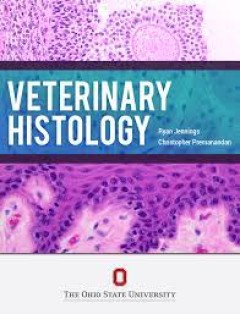
Veterinary Histology
The roles of veterinarians in society range from clinician to researcher, food inspector to enlisted military officer. Critical to the educational training of all of these veterinarians is the fundamental understanding of basic anatomy, both gross and microscopic. The knowledge of normal anatomy provides the basis of both physiology as well as pathology. Relating gross (e.g. physical exam findi…
- Edition
- -
- ISBN/ISSN
- -
- Collation
- -
- Series Title
- -
- Call Number
- 636 JEN v
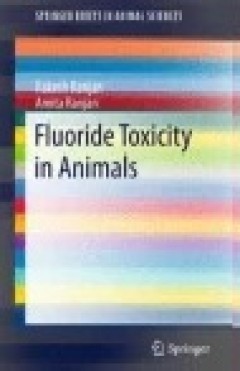
Fluoride Toxicity in Animals
This book describes in detail various aspects of fluoride toxicity in animals. Animals, like human beings, suffer from the toxic effects of excess fluoride intake. They show pathological changes in their teeth and bone, together with a marked reduction in appetite, productive and reproductive potentials, which can result in severe economic losses in the dairy industry. Laboratory and wild anima…
- Edition
- -
- ISBN/ISSN
- 978-3-319-17512-6
- Collation
- XI, 105 hlm.
- Series Title
- SpringerBriefs in Animal Sciences
- Call Number
- -
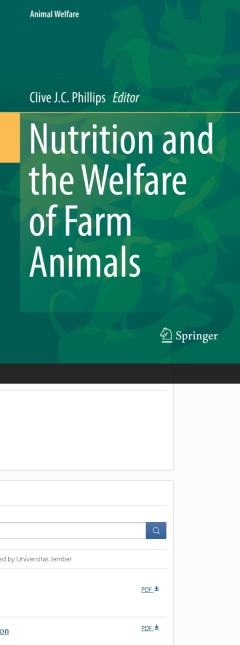
Nutrition and the Welfare of Farm Animals
This book explores the importance of good nutrition in ensuring an adequate standard of welfare for farm animals. It is often not realized that farm animals can suffer when they are fed unsuitable diets, which may be because these diets are more economic or the farmer does not know how to rectify poor nutrition. This book reveals how to recognize and deal with feeding problems in farm animals, …
- Edition
- 1
- ISBN/ISSN
- 978-3-319-27354-9
- Collation
- XXIX, 247
- Series Title
- Animal Welfare
- Call Number
- -
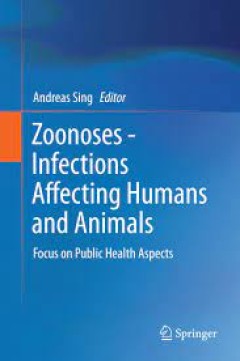
Zoonoses - Infections Affecting Humans and Animals Focus on Public Health As…
The book will cover the most important zoonoses with a public health impact and debate actual developments in this field from a One Health perspective. The outline of the book follows a “setting” approach, i.e. special settings of zoonoses with a public health aspect, rather than presenting a simple textbook of an encyclopedic character. Main chapters will deal with zoonoses in the food cha…
- Edition
- -
- ISBN/ISSN
- 978-94-017-9457-2
- Collation
- -
- Series Title
- -
- Call Number
- -

Veterinary Oncology A Short Textbook
This highly readable textbook provides a comprehensive but concise overview of the principles of oncogenesis in veterinary medicine, discussing selected tumors in domestic animals in detail, and addressing cancer diagnostics and therapy. All chapters are illustrated with histological and radiological images to enhance readers’ understanding. Accordingly, the book is a must-have reference guid…
- Edition
- -
- ISBN/ISSN
- 978-3-319-41124-8
- Collation
- VII, 316
- Series Title
- -
- Call Number
- -
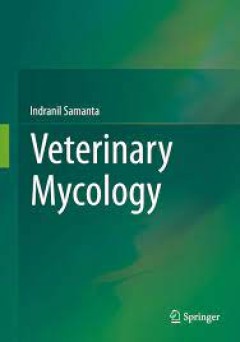
Veterinary Mycology
This book is a comprehensive overview of the fungi that are clinically relevant for animals and humans. It is divided in three major parts: the first part comprises the history of veterinary and medical mycology, general aspects of morphology, growth, nutrition, reproduction and classification of fungi. In the second part, the etiologic agents of cutaneous, subcutaneous and systemic mycoses are…
- Edition
- -
- ISBN/ISSN
- 978-81-322-2280-4
- Collation
- XIX, 179
- Series Title
- -
- Call Number
- -

Multiple Sclerosis, Mad Cow Disease and Acinetobacter
The aim of this book is to publicise and bring to a wider audience the concept that the cause of two neurological diseases, namely multiple sclerosis (MS) and “mad cow disease” also known as “bovine spongiform encephalopathy” are related through exposure to a common microbe Acinetobacter which is found in human sinuses, on skin and in the soil. An infection is the cause of a neurologica…
- Edition
- 1
- ISBN/ISSN
- 978-3-319-02734-0
- Collation
- XVIII, 200
- Series Title
- -
- Call Number
- -

Multiple Sclerosis, Mad Cow Disease and Acinetobacter
The aim of this book is to publicise and bring to a wider audience the concept that the cause of two neurological diseases, namely multiple sclerosis (MS) and “mad cow disease” also known as “bovine spongiform encephalopathy” are related through exposure to a common microbe Acinetobacter which is found in human sinuses, on skin and in the soil. An infection is the cause of a neurologica…
- Edition
- 1
- ISBN/ISSN
- 978-3-319-02734-0
- Collation
- XVIII, 200
- Series Title
- -
- Call Number
- -
 Computer Science, Information & General Works
Computer Science, Information & General Works  Philosophy & Psychology
Philosophy & Psychology  Religion
Religion  Social Sciences
Social Sciences  Language
Language  Pure Science
Pure Science  Applied Sciences
Applied Sciences  Art & Recreation
Art & Recreation  Literature
Literature  History & Geography
History & Geography